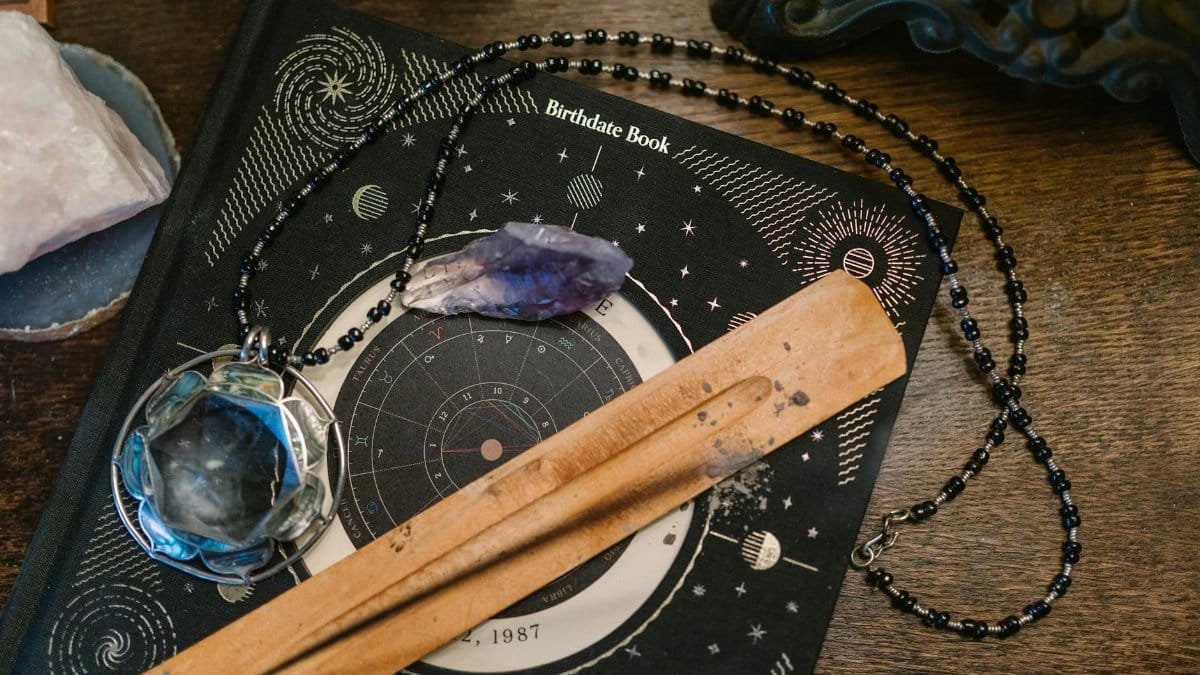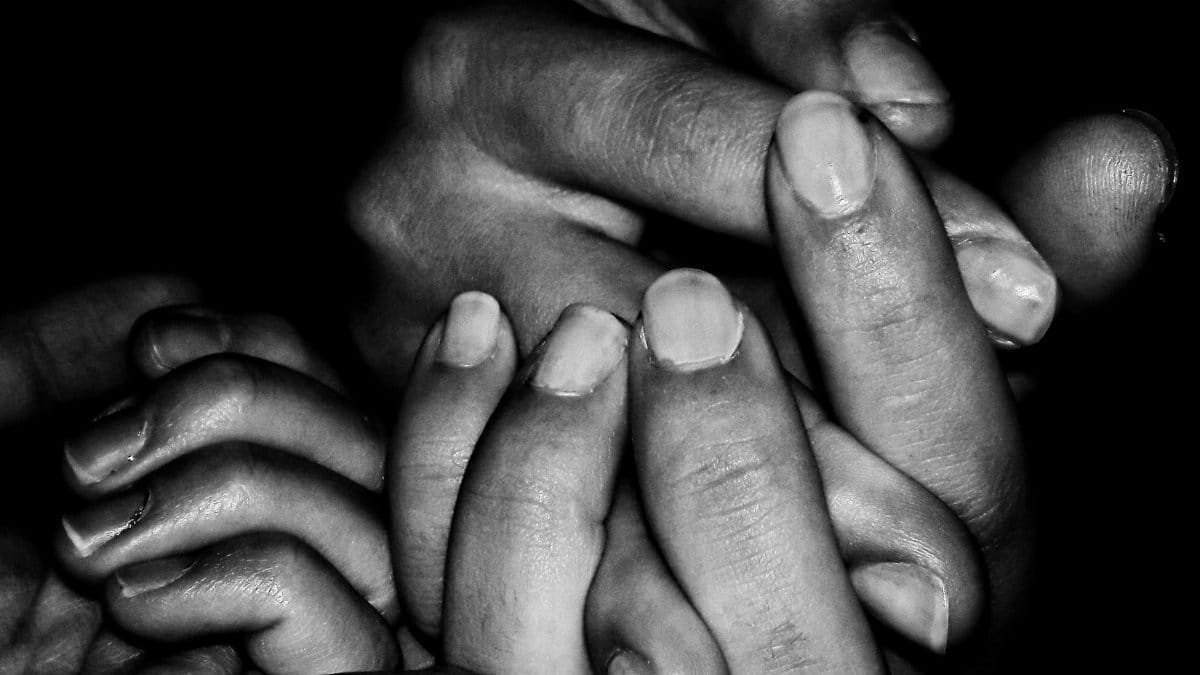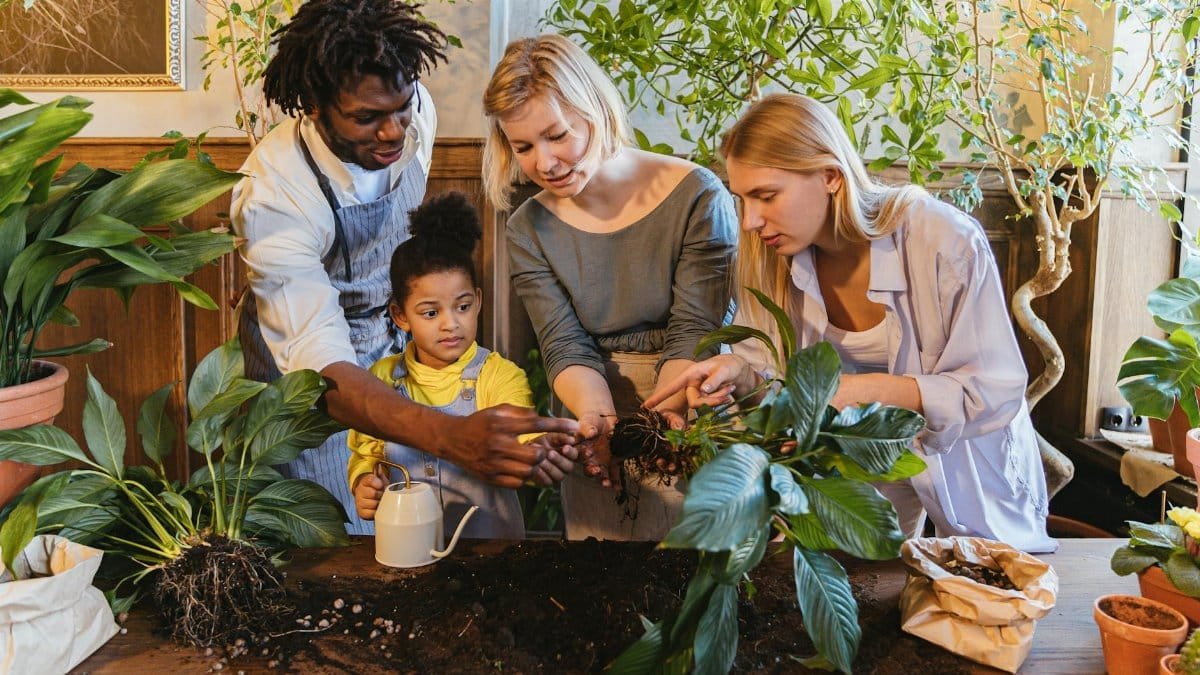In the hustle of modern life, peace growth emerges as a vital process of evolving from past selves to authentic ones. Simply put, peace growth is the mindful journey of shedding old identities and embracing inner healing, where pretending gives way to genuine self-awareness. It matters because, in a world rife with stress, this internal shift fosters resilience and clarity. As Americans grapple with rising mental health challenges, peace growth offers a path to balance, turning quiet battles into triumphs of self-discovery.
Understanding the Roots of Inner Conflict

Everyone carries remnants of their former selves—habits, fears, and regrets that clash with emerging aspirations. This tension forms the core of peace growth, a term blending tranquility with personal evolution. Experts note that unresolved past experiences often fuel this battle, leading to anxiety or stagnation. By acknowledging these roots, individuals can start dismantling barriers. In the U.S., where therapy sessions have surged by 20% since 2020, recognizing this conflict is the first step toward meaningful change.
The Role of Mindfulness in Transformation

Mindfulness practices anchor peace growth, helping people tune into their present state without judgment. Techniques like meditation quiet the noise of who you were, paving the way for who you’re becoming. Studies show consistent mindfulness reduces stress hormones, promoting emotional clarity. For instance, daily sessions can rewire neural pathways, fostering a sense of calm amid chaos. Americans increasingly turn to apps and classes, reflecting a broader shift toward proactive mental wellness in 2025.
Overcoming Resistance to Change

Change isn’t easy; resistance often stems from comfort in familiar patterns. In peace growth, this shows up as self-doubt or procrastination. To push through, set small, achievable goals that align with your evolving identity. Therapists recommend journaling to track progress, turning abstract battles into concrete victories. Data from wellness surveys indicates that those who confront resistance report higher life satisfaction, underscoring the practical benefits of persistence.
Healing Through Self-Compassion

Self-compassion is a cornerstone of peace growth, treating yourself with kindness during the transition. Instead of harsh self-criticism, embrace imperfections as part of the journey. Research links this approach to lower depression rates, as it softens the internal war. In everyday terms, it’s about forgiving past mistakes and nurturing growth. U.S. trends show a boom in compassion-focused therapies, helping millions navigate their quiet evolutions more gently.
Practical Steps to Foster Inner Peace

Start with routines that build peace growth: dedicate time for reflection, surround yourself with supportive people, and limit distractions. Simple actions like nature walks or deep breathing exercises can shift perspectives. Experts advise integrating these into daily life for sustained impact. With mental health apps downloaded by over 50 million Americans last year, tools for this process are more accessible than ever, making transformation feasible for busy lifestyles.
The Impact on Relationships

Peace growth doesn’t happen in isolation; it ripples into relationships. As you evolve, dynamics with others may shift, sometimes causing friction but often leading to deeper connections. Honest communication about your changes helps bridge gaps. Studies reveal that individuals pursuing personal peace report stronger bonds, as authenticity invites reciprocity. In 2025, with remote work blurring boundaries, this relational aspect gains even more relevance for maintaining harmony.
Navigating Setbacks Along the Way

Setbacks are inevitable in peace growth—old habits resurface, testing resolve. View them as learning opportunities rather than failures. Resilience builds through persistence, with techniques like cognitive reframing turning obstacles into stepping stones. According to psychological research, those who adapt flexibly during setbacks achieve long-term well-being. This mindset shift is crucial for Americans facing economic uncertainties, where inner strength becomes a key asset.
Measuring Progress in Personal Evolution

How do you know peace growth is working? Track subtle signs: increased calm, better decision-making, and a sense of alignment. Tools like mood journals or progress apps provide tangible metrics. Experts emphasize qualitative measures over rigid benchmarks, focusing on how you feel versus who you were. In the U.S., wellness trackers have exploded in popularity, offering data-driven insights into this transformative process.
Real-Life Examples of Triumph

Consider John D., a New York executive who embraced peace growth after burnout. By prioritizing mindfulness, he shed his workaholic identity for a balanced life, inspiring colleagues. Such stories abound, from teachers to artists, showing the universal appeal. Quotes from participants in programs highlight the shift: “It’s like waking up to myself,” one said. These narratives illustrate how everyday people win their quiet battles.
Looking Ahead: Sustaining Growth

To sustain peace growth, commit to ongoing practices and community support. Join groups or online forums for accountability. As trends evolve in 2025, integrating technology with traditional methods will enhance accessibility. Remember, the battle between past and future selves is ongoing, but with intention, peace prevails. For deeper insights, explore resources from reputable sources like the American Psychological Association’s mindfulness page, which details evidence-based benefits, or the CDC’s mental health resources for U.S.-specific data on well-being trends.
